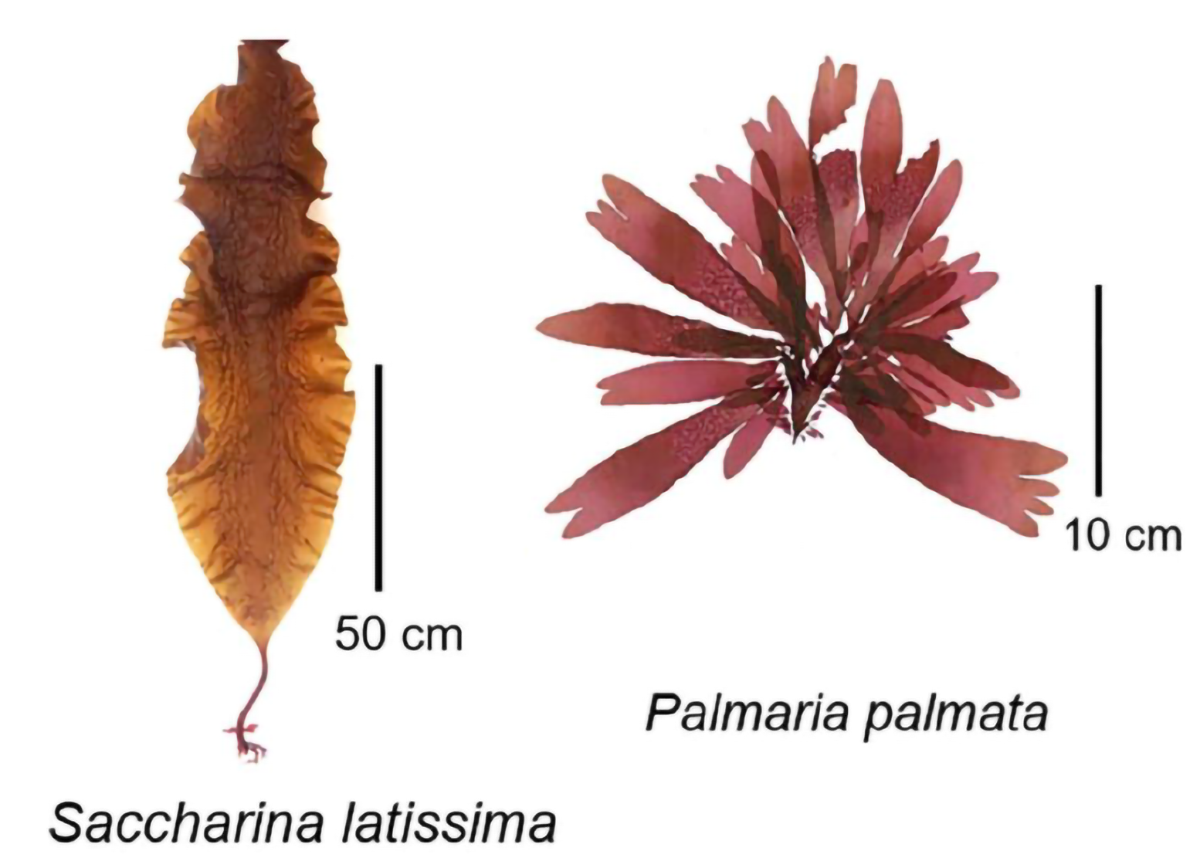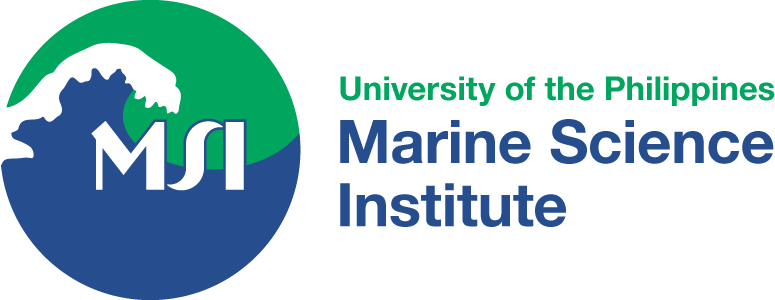Enrichment of the protein content of the macroalgae Saccharina latissima and Palmaria palmata
Summary
The large brown seaweeds, known as kelps, are potential sources of protein for animal feed. They have lower protein contents than most red and green algae, but due to potential for large-scale production, they may represent a significant future protein source. The impact of pH, temperature and polysaccharide-degrading enzymes on the solubility and extraction yields of protein from wet Saccharina latissima biomass was investigated. The protein solubility increased with increasing pH and reached maximum of 23% at pH 11, determined as total amino acids (TAA). The enzyme treatments increased the release of soluble compounds by 30–35%. The highest protein yield obtained was 19%, using a ratio of water to wet seaweed of 1:1 for extraction. Even if the yields can be increased by increasing the water amounts used for extraction, the majority of the protein would remain in the insoluble residue after separation. The strategy for production of a larger quantity of protein-enriched biomass was therefore to maintain the insoluble fraction as the product. A pilot scale production was carried out, also including the red algae Palmaria palmata. In total 750 kg S. latissima and 195 kg P. palmata were processed. The protein content in the product increased from 10 to 20% of dry weight (dw) for S. latissima and from 12 to 28% for P. palmata, with yields of 79 and 69%, respectively. The main protein loss was free amino acids, which constituted approximately 10% of TAA in the feedstocks. Less essential than non-essential amino acids were lost, thus, the essential amino acids were enriched in the product.
Significance
This research looks into the impacts of pH, temperature and polysaccharide-degrading enzymes on the solubility and extraction yields of protein from the brown seaweed Saccharina latissima and the red seaweed Palmaria palmata biomass. This work is important to increase the protein yields by optimizing the extraction protocol that could be species specific.
Photos

Authors:
Inga Marie Aasen (SINTEF Industry, Richard Birkelands)
Ingrid S. Sandbakken (SINTEF Industry, Richard Birkelands)
Bendik Toldnes (SINTEF Ocean, Brattørkaia)
Michael Y. Roleda (Division of Biotechnology and Plant Health, Norwegian Institute of Bioeconomy Research; Division of Food Production and Society, Norwegian Institute of Bioeconomy Research; Marine Science Institute, University of the Philippines)
Rasa Slizyte (SINTEF Ocean, Brattørkaia)
Read the full article: https://doi.org/10.1016/j.algal.2022.102727
